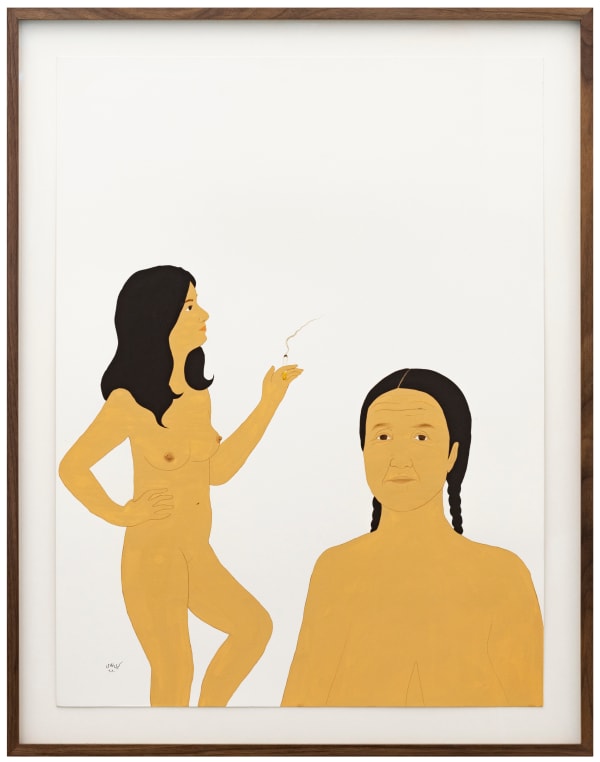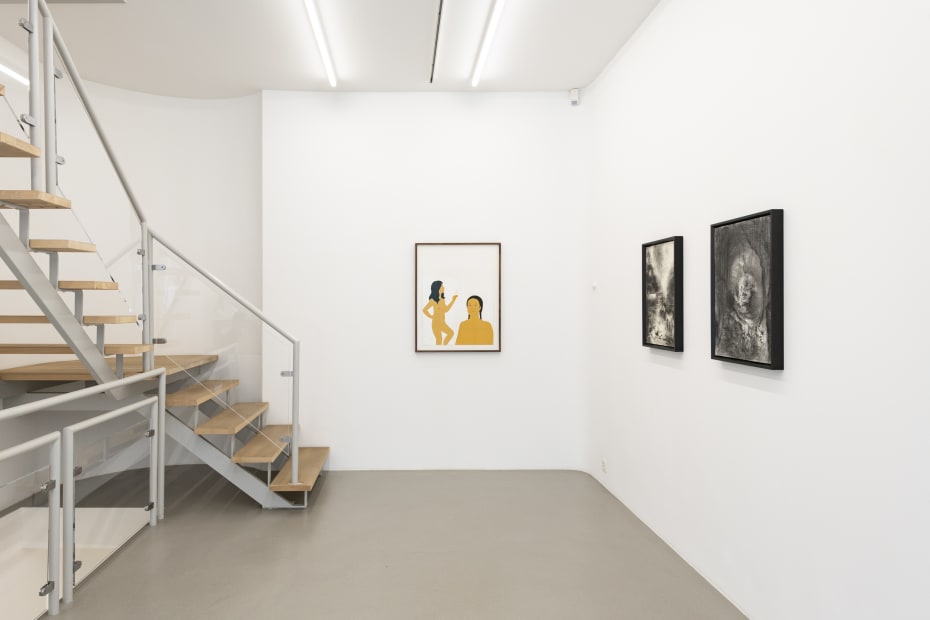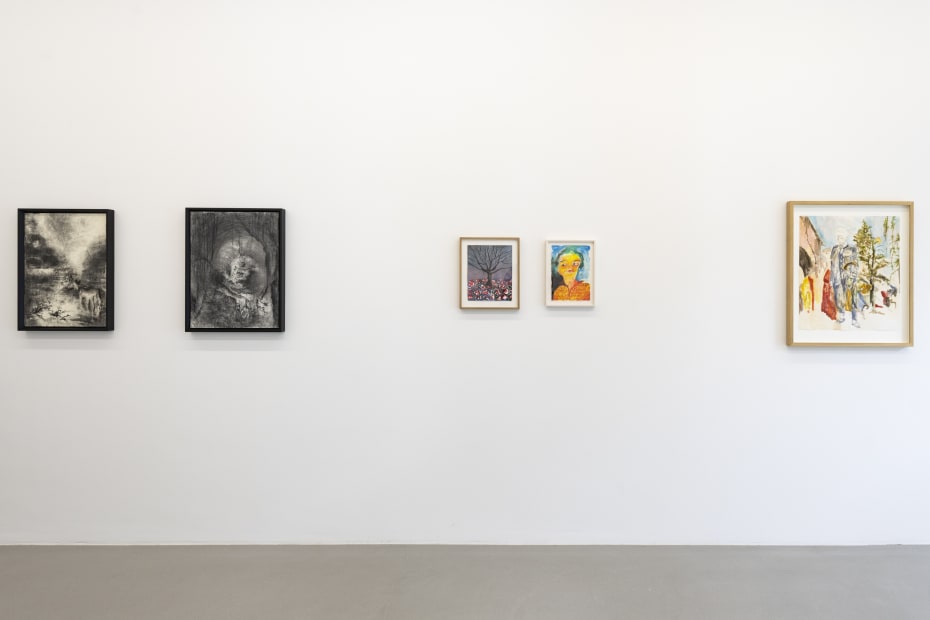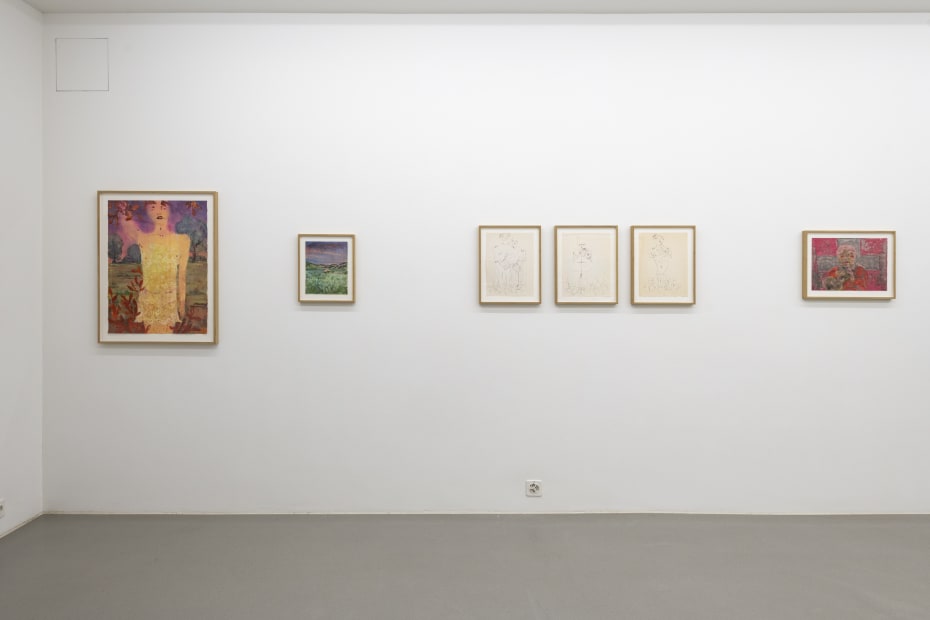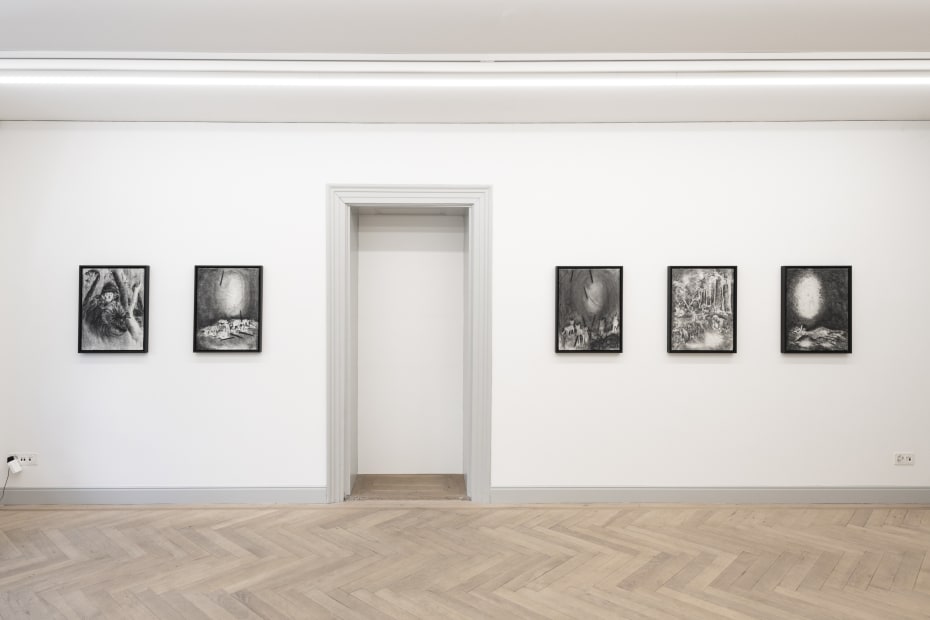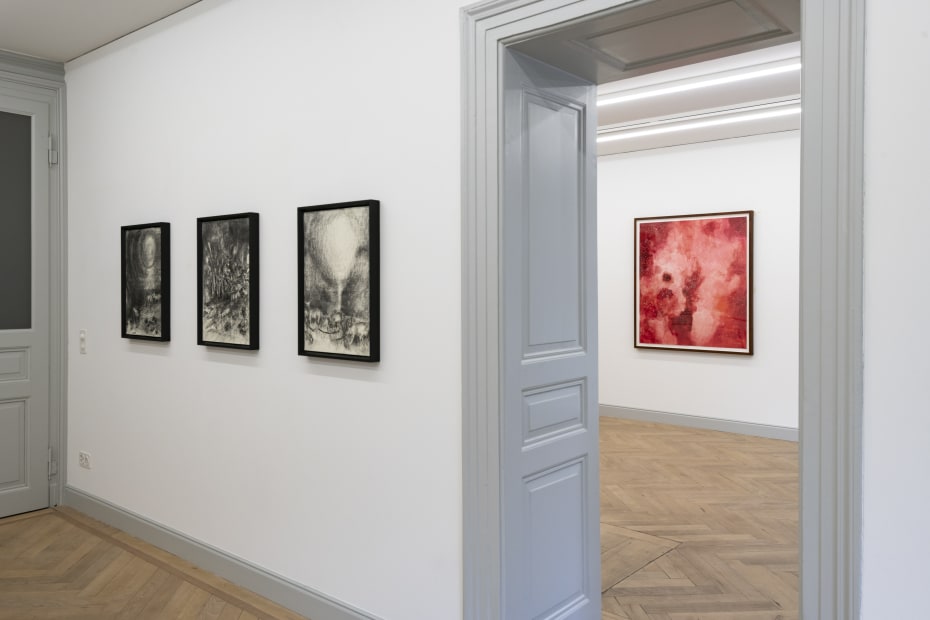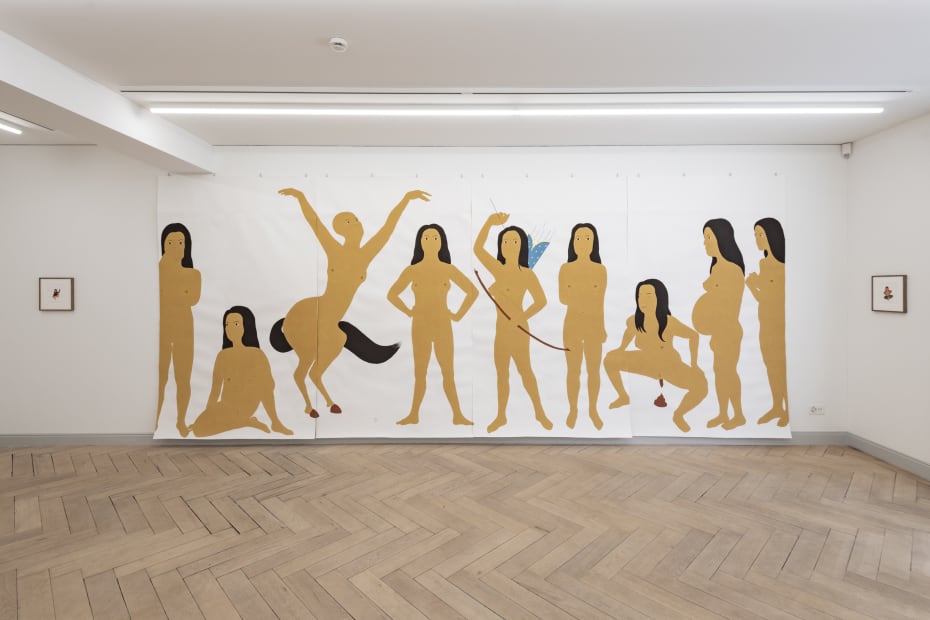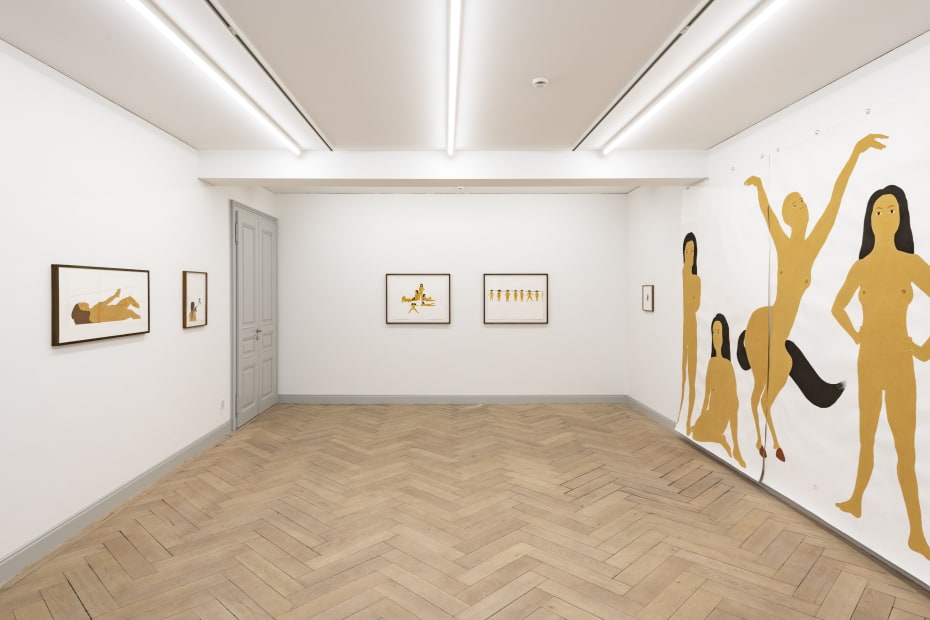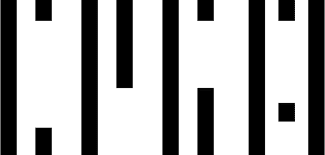Work on Paper: Andriu Deplazes, Kubra Khademi, Yehudit Sasportas and Uwe WittwerGalerie Peter Kilchmann, Rämistrasse
Galerie Peter Kilchmann is pleased to present a new group exhibition with works by four strong positions in whose practice work on paper represents an important medium. Andriu Deplazes, Kubra Khademi, Yehudit Sasportas and Uwe Wittwer all show a very different approach to this classical pictorial medium, whereby the result is the individual articulation of their respective content-related interests.
-
 Andriu Deplazes, Geteiltes Feld am See (Divided field by the lake), 2023
Andriu Deplazes, Geteiltes Feld am See (Divided field by the lake), 2023 -
 Andriu Deplazes, Turtelnde Tauben (Pigeons whispering sweet nothings), 2023
Andriu Deplazes, Turtelnde Tauben (Pigeons whispering sweet nothings), 2023 -
 Uwe Wittwer, Menetekel (The Writing On The Wall), 2018
Uwe Wittwer, Menetekel (The Writing On The Wall), 2018 -
 Uwe Wittwer, Nachthimmel 4 (Nightsky 4), 2022
Uwe Wittwer, Nachthimmel 4 (Nightsky 4), 2022 -
 Uwe Wittwer, Large Shelter (Large Shelter), 2018
Uwe Wittwer, Large Shelter (Large Shelter), 2018 -
 Yehudit Sasportas, Adam-Haya 13, 2022
Yehudit Sasportas, Adam-Haya 13, 2022 -
 Yehudit Sasportas, Adam-Haya 16, 2022
Yehudit Sasportas, Adam-Haya 16, 2022 -
 Yehudit Sasportas, Adam-Haya 14, 2022
Yehudit Sasportas, Adam-Haya 14, 2022 -
 Yehudit Sasportas, Adam-Haya 09, 2022
Yehudit Sasportas, Adam-Haya 09, 2022 -
 Kubra Khademi, Sans titre #35, 2021
Kubra Khademi, Sans titre #35, 2021 -
 Kubra Khademi, Too many pussies
Kubra Khademi, Too many pussies -
 Kubra Khademi, Relaxed, 2019
Kubra Khademi, Relaxed, 2019 -
 Kubra Khademi, Portrait of my mother and mine 2, 2020
Kubra Khademi, Portrait of my mother and mine 2, 2020













